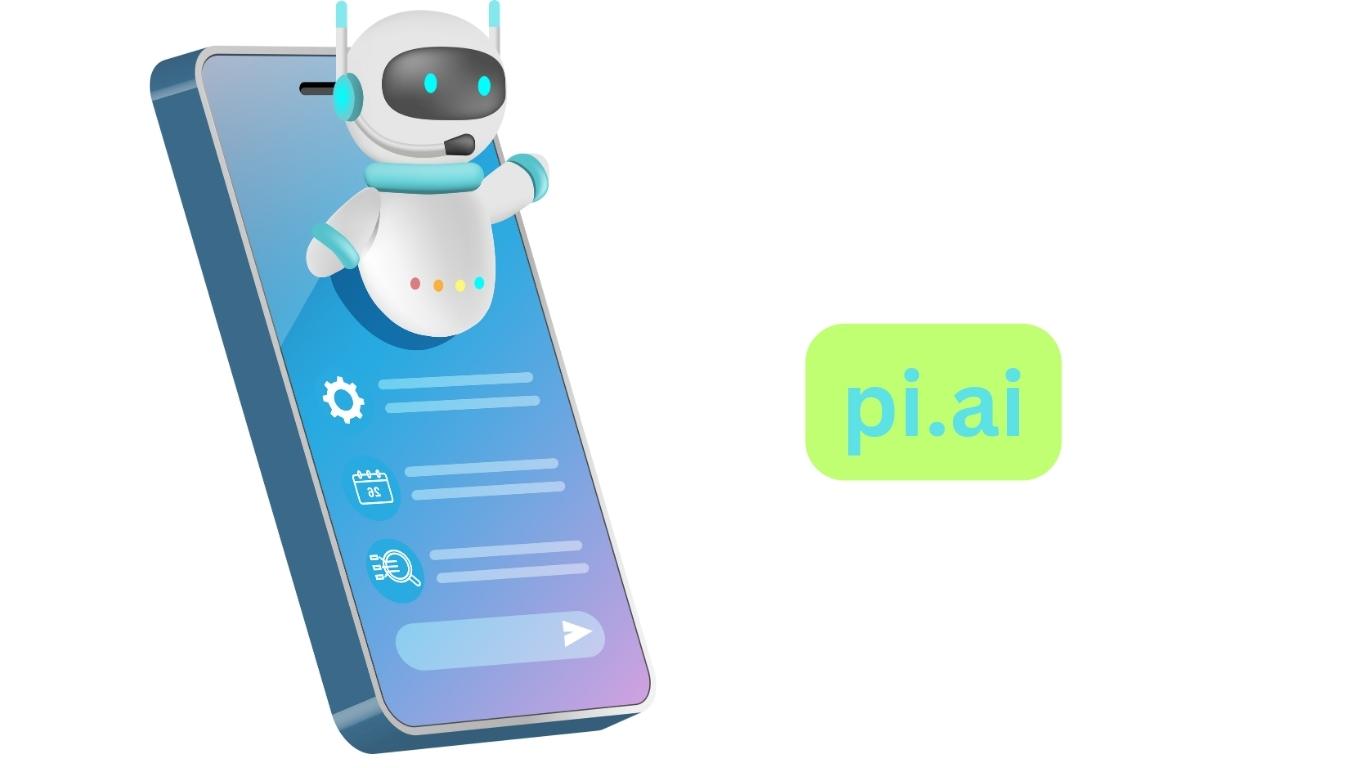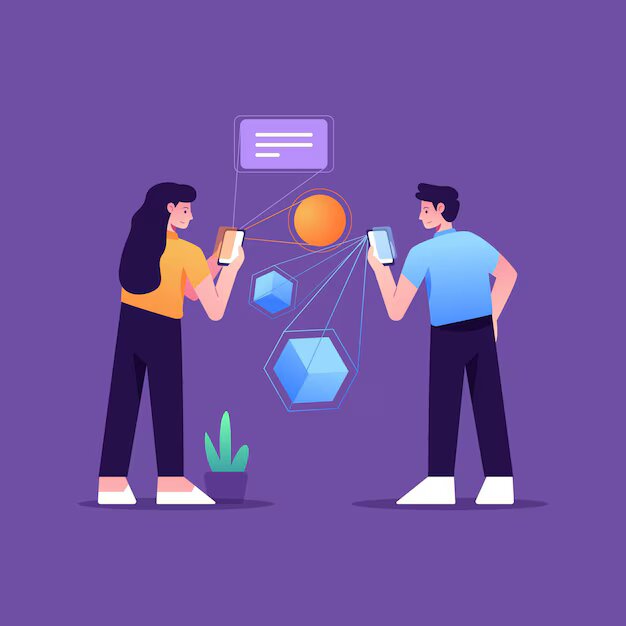Training ChatGPT on custom data can significantly enhance its ability to understand and respond to domain-specific queries. Here’s a concise guide on how to train ChatGPT on custom data, including key steps, benefits, and an example for better understanding.
Key Steps to Train ChatGPT on Custom Data
- Data Collection: Gather relevant data that you want your ChatGPT model to learn from.
- Data Preparation: Clean and preprocess the data to ensure it is in the right format.
- Training Setup: Choose the right tools and frameworks for training your model.
- Model Training: Execute the training process with your custom data.
- Evaluation and Fine-tuning: Assess the model’s performance and fine-tune as necessary.
- Deployment: Deploy the trained model for practical use.
Benefits of Training ChatGPT on Custom Data
- Improved Relevance: Tailors responses to specific industry or business needs.
- Enhanced Accuracy: Increases the precision of answers in specialized fields.
- Better User Experience: Provides users with more relevant and context-aware interactions.
Example: Training ChatGPT for a Healthcare Application
Objective: Train ChatGPT to provide accurate responses to medical inquiries.
Data Collection:
- Medical journals
- Patient FAQs
- Healthcare guidelines
Data Preparation:
- Remove irrelevant content
- Ensure data consistency
Training Setup:
- Use frameworks like OpenAI’s GPT-3 API
- Select appropriate hardware (GPUs for faster training)
Model Training:
- Fine-tune the base GPT-3 model with the prepared dataset
Evaluation and Fine-tuning:
- Test with sample medical queries
- Adjust parameters based on performance
Deployment:
- Integrate the trained model into a healthcare chatbot application
Key Considerations in Custom Training
| Step | Considerations |
|---|---|
| Data Collection | Quality and relevance of the data |
| Data Preparation | Data cleaning, formatting, and preprocessing |
| Training Setup | Selection of tools, frameworks, and hardware |
| Model Training | Adequate training epochs, learning rate, and batch size |
| Evaluation | Performance metrics, user feedback |
| Fine-tuning | Iterative adjustments based on evaluation results |
| Deployment | Scalability, integration with existing systems |
Simple Example to Understand
Imagine you are training ChatGPT to assist in a customer support role for an e-commerce platform. Here’s a simplified walkthrough:
- Data Collection: Gather past customer queries and support tickets.
- Data Preparation: Clean the data to remove any personal information and ensure consistency.
- Training Setup: Use tools like TensorFlow or PyTorch.
- Model Training: Fine-tune ChatGPT on the prepared customer support dataset.
- Evaluation and Fine-tuning: Test with common customer queries and refine the model.
- Deployment: Implement the trained model in the customer support chatbot.
By following these steps, your ChatGPT model will be well-equipped to handle specific customer queries with high accuracy and relevance.
Training ChatGPT on custom data can dramatically improve its performance in specific applications, leading to more relevant and effective interactions. Follow the outlined steps and consider the benefits and examples provided to optimize your training process. For more detailed guides and updates, keep exploring our blog.




1 thought on “How to Train ChatGPT on Custom Data ?”